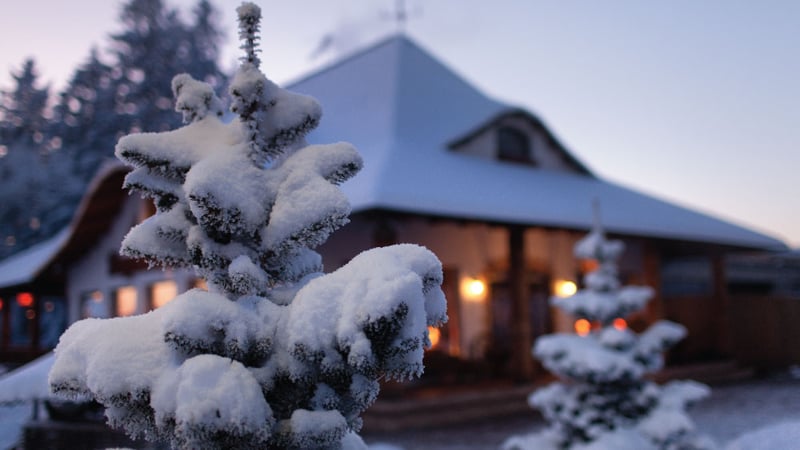
Maryland winters can be extremely harsh. Whether you have an older home or a new house, snow, ice and heavy winds know no difference when it comes to causing damage. Homeowners will experience a plethora of potentially destructive weather, from sleet to below-freezing temperatures, in the upcoming months. Because of this, it’s wise to prepare your home before the season drastically changes. To help you out, here are some of Warner Service’s easy-to-follow tips for prepping your home for hibernation:
-
Inspect your HVAC filters weekly for debris and dust, and change the filter monthly for the best results.
-
Check the drain pans in your sump pump system to make sure that it adequately flows away from your home and down a slope. If there is any obstruction preventing a freely flowing stream, remove it. Also remove any debris from your home’s gutters and spouts.
-
Examine all of your home’s pipes for rust. If you find any rust, call a professional for a prompt repair. During your examination, disconnect all hoses (wrap a tarp around them and store in the garage or shed to avoid cracking) and turn off all of your home’s exterior faucets to avoid them freezing over during the winter.
-
Look at your home’s ductwork to ensure that it is free of debris, filtered at the inlet (if necessary) and tightly insulated and connected.
-
Turn on the furnace burner to see if the ignited flame is blue with a yellow tip. If the flame is not this color or the heating unit does not ignite properly, call a seasoned HVAC professional for help.
-
Observe the combustion gas exhaust components, such as chimneys, vents and connective pipes, for proper ventilation of combustion byproducts. If the components are cracked and/or not performing correctly, it can cause health, safety and water management problems due to rising carbon monoxide levels and backflow in your home. To avoid any damage or health concerns, contact an experienced professional for a check-up or repair.
-
Clean the air coils of debris and dust by brushing or vacuuming them.
-
Mulch the leaves, mow the grass and clear vegetation near your home’s outdoor condensing unit. Also, remove any subsequent grass clippings or other natural debris from the area to ensure good airflow and prevent damage.
-
Switch your programmable thermostat to the “heat” setting, and drop the temperature down to 75 degrees. Warm air should begin coming through the vents.
-
If your home has a humidifier, change the water panel to alleviate dry air problems and maintain the proper humidity levels throughout your home.
-
Reverse your ceiling fans to a clockwise direction to push the warm air downward.
-
Hit the roof to look for cracked, missing or loose shingles that may cause leaks from snow or heavy rain.
-
Re-caulk around the windows and doors to make sure you are keeping the warm air inside and the cold air outside.
Whether your house is old or new, the bottom line is that it needs to be prepared for the tumultuous winter that Maryland will (no doubt) bestow upon us. With rain, sleet, snow and hail headed our way in the next few months, it’s important to check every nook and cranny of our homes. From the exterior condensing unit and roof to the furnace flame and combustion gas components, check for any signs of leakage, cracks, debris and other damage. If you find anything wrong with your appliances and/or units, contact a professional, like Warner Service, to make an appointment as soon as possible.


